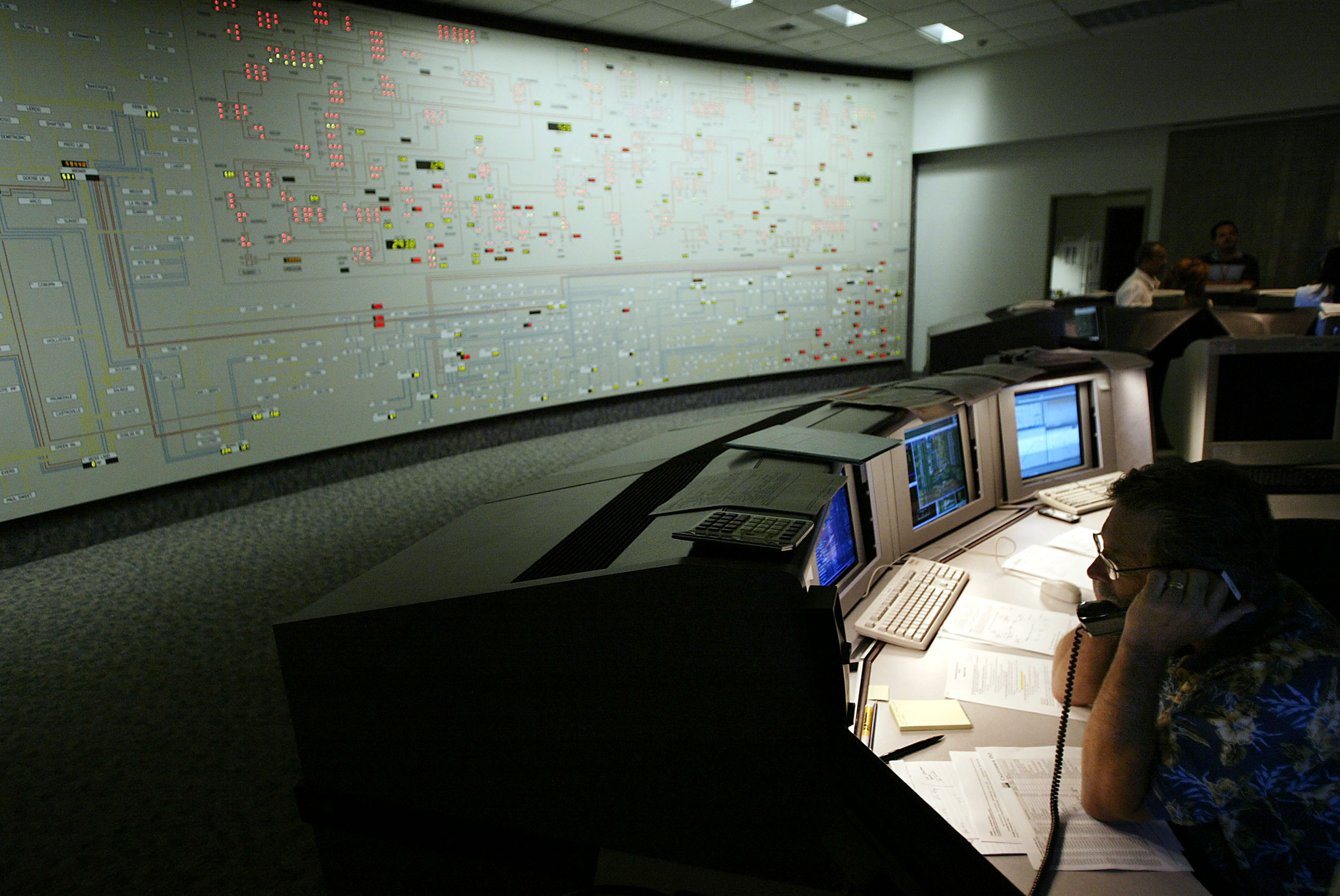The utility business model is changing from one of large, centralized generators that own and run entire power systems – from plants, to transmission, to distribution – to one involving more distributed generation and more players offering innovative products, services, and most importantly, customer savings. But crafting the right policies and regulations will be cornerstones of healthy, competitive electricity marketplaces.
“When you create a competitive playing field you get a marketplace that looks very different and when you have this competition you get savings,” former FERC Chairman and COMPETE Coalition Council Bill Massey recently told Breaking Energy.
Massey was at the helm of the federal energy market regulator when power markets first began opening. “The barbarians at the gate 30 years ago were embryonic independent power producers. When I was at FERC, we let them in and they now provide 40% of the country’s power from 5% – 7% then.”
Massey considers innovators with new products and services – like various forms of distributed generation, demand response tools like the Nest Thermostat and energy service companies – the new barbarians at the gate. Competitive retail markets beckon these innovators, but getting them in can be a challenge, said Massey.
“17 states and Washington DC have opened wholesale [power] markets. FERC has authority over wholesale markets and states have authority over retail markets… At the state level, policymakers need to look at innovation occurring in these 17 states and decide for themselves if they want to allow that level of competition. Whenever a decision is made to open markets, there is generally fierce debate. Ultimately the decision lies in the hands of state government,” said Massey.
The basic idea being that free markets and competition ultimately lower prices for consumers. “Our [COMPETE Coalition] members organize around the idea that competitive markets are best for customers. Two-thirds of our members are customers and they say daily they want choice and have to compete. Competition drives down prices.”
“When I was at FERC there was no wholesale market for electricity, but the market participants banging on our doors were the customers who wanted choices like municipal power companies, rural cooperatives and big industrial customers. We thought it was in the national interest and we did it,” Massey said.
He thinks the next market evolution phase occurring now will also be facilitated from the bottom up by electricity customers influencing policy in ways that allow them to more efficiently operate their businesses and save money.
“The key is for customers to become motivated to champion markets. There is no national policy regarding what each state ought to do, it’s up to each state to decide and I think it will be driven at the grassroots level with customers going to lawmakers saying ‘we want competition, power is a big part of our operating costs and we want to save money.’”

